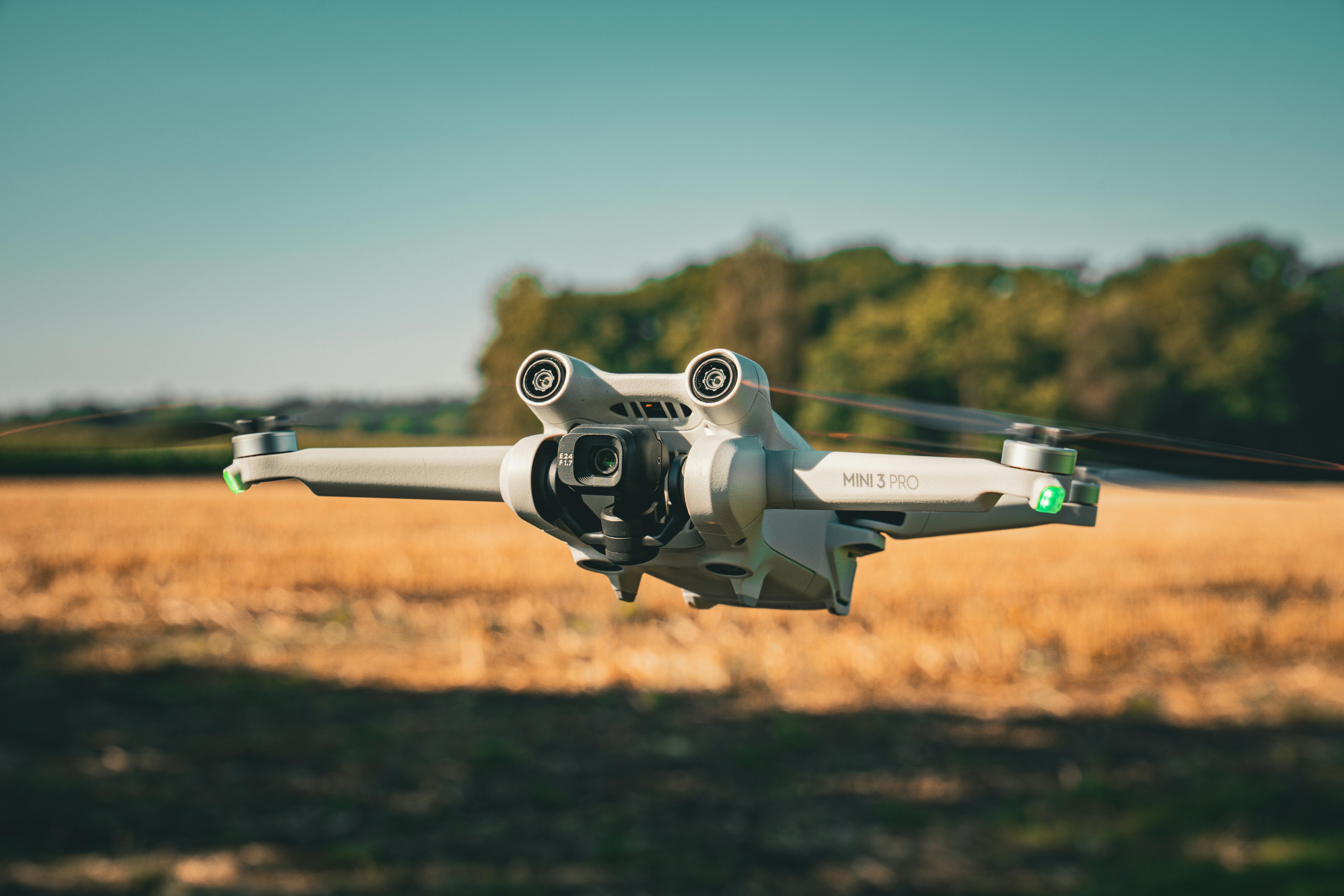Decoding the Potential of Terahertz Connectivity: An Emerging Trend in the Telecommunications Landscape
In the rapidly evolving sphere of telecommunications, the relentless quest for faster, more efficient connectivity continues to drive innovation. A promising new development that has started to gain attention in the industry is Terahertz (THz) connectivity. Offering a potential solution to the increasing demand for high-speed data transmission, Terahertz connectivity could revolutionize the future of telecommunications.

Terahertz Connectivity: A Brief Overview
The term “terahertz” refers to a specific frequency range in the electromagnetic spectrum, between microwaves and infrared light. In the context of telecommunications, Terahertz connectivity implies the use of these frequencies for data transmission. Despite its potential, the use of Terahertz frequencies for connectivity has been largely unexplored until recently due to the technical challenges and high costs associated with generating and detecting these frequencies.
The Advent of Terahertz Connectivity
A significant breakthrough came in the early 2000s when researchers demonstrated the feasibility of using Terahertz frequencies for data transmission. Since then, advancements in technology have enabled the production of more affordable and efficient Terahertz devices. With the increasing demand for high-speed data transmission, the prospect of Terahertz connectivity has garnered significant interest in the telecommunications industry.
Current Trends and Developments
Recent years have seen a surge of research into the potential applications of Terahertz connectivity. Several tech giants and research institutions are actively investigating the use of Terahertz frequencies for various applications, including high-speed wireless communication, imaging, and sensing. Despite the challenges, the potential of Terahertz connectivity to accommodate the ever-growing demand for faster data transmission is promising.
Impact and Applications of Terahertz Connectivity
The potential impact of Terahertz connectivity is vast. One of the most promising applications is in wireless communication, where Terahertz frequencies could enable unprecedented data transmission speeds. Additionally, Terahertz connectivity could facilitate a new generation of imaging and sensing technologies, opening up possibilities in fields like healthcare and security.
The Challenges Ahead: Technical and Regulatory Hurdles
Despite its potential, the road to widespread Terahertz connectivity is fraught with challenges. Technically, there are significant hurdles to overcome in terms of device efficiency, signal propagation, and interference. On the regulatory side, the allocation of Terahertz frequencies for telecommunications is still a grey area in many countries, necessitating further policy development.
In conclusion, while Terahertz connectivity offers a tantalizing glimpse into the future of telecommunications, there is still a long journey ahead before its full potential can be realized. However, given the relentless pace of technological progress, it is only a matter of time before this exciting new frontier in connectivity becomes a reality.





